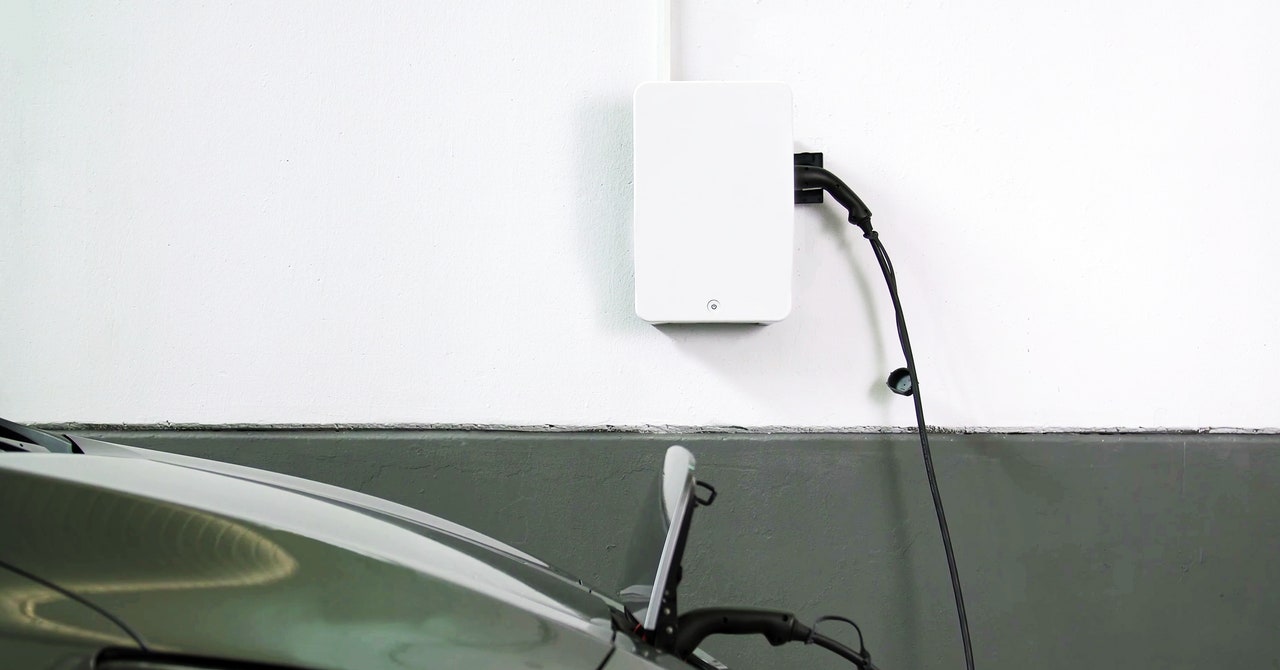But utilities will likely play the biggest role in ushering in a new era of power grids, said Max Baumhefner, senior attorney at the Natural Resources Defense Council. An easy way they can encourage EV drivers to help the grid is by offering ‘time-of-use’ rates, making it cheaper for owners to charge when the grid is under less strain, for example, when most people sleep at night. After 10 years of success with these tariff programs, Baumhefner has come to the conclusion that “if we give people a little push, they will respond.” This kind of strategy can keep costs down for all grid users by helping utilities more efficiently use the infrastructure they’ve already paid for and avoid upgrades.
The trick will be standardization, said Katie Sloan, vice president of customer programs and services at the Southern California Edison utility. As more people start sending battery power back to the grid, it would help if the various EVs and charging systems were technologically integrated. “It’s really analogous to what we saw in the solar industry,” Sloan says. “That was the first time we moved from one-way flow to homes with a truly bi-directional flow.” Likewise, automakers, charging companies and utilities must work together to make use of EV batteries that sit in garages.
So how would this work for a customer? A utility may ask electric vehicle owners to make their batteries available during extreme heat, for example. “The participating customer knows when their vehicle can be called in to provide power,” said Samantha Houston, senior vehicle analyst for the clean transportation program at the Union of Concerned Scientists. “Giving the customer a warning that it could happen, even if it’s just a day ahead, can be super helpful.”
This can be done via email or an app, or even a notification that appears on the dashboard of the vehicle itself. The customer should be able to opt out of a particular event if necessary, for example if they expect to fully charge their EV to leave the city. (Tesla has a similar opt-in program for their Powerwall home batteries, which send power to the grid during peak demand.)
This month, during a record heatwave, California officials credited residents’ response to a daily SMS alert for cutting unnecessary energy consumption — for example, by unplugging their EVs — and avoiding rolling blackouts. But those EVs could also be used to power their owners’ homes, reducing aggregate demand on the grid. “We feel that electric vehicles can offer the idea of making power outages invisible to customers,” said Aaron August, VP of Business Development and Customer Engagement at Pacific Gas and Electric, one of California’s premier utilities. That is, if the power goes out, your home should be able to switch to battery power without you noticing. “These are mobile power plants. And with the right configuration, you can withstand a breakdown for hours.”

